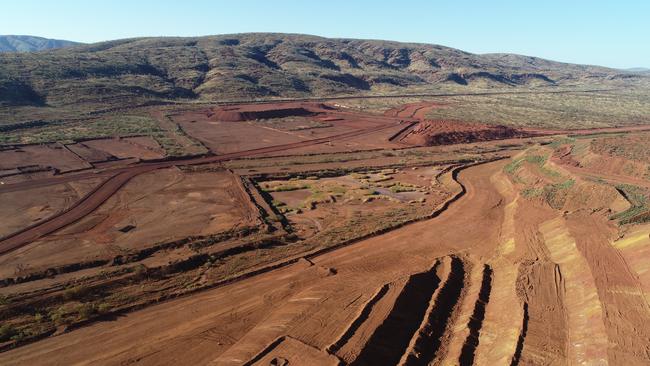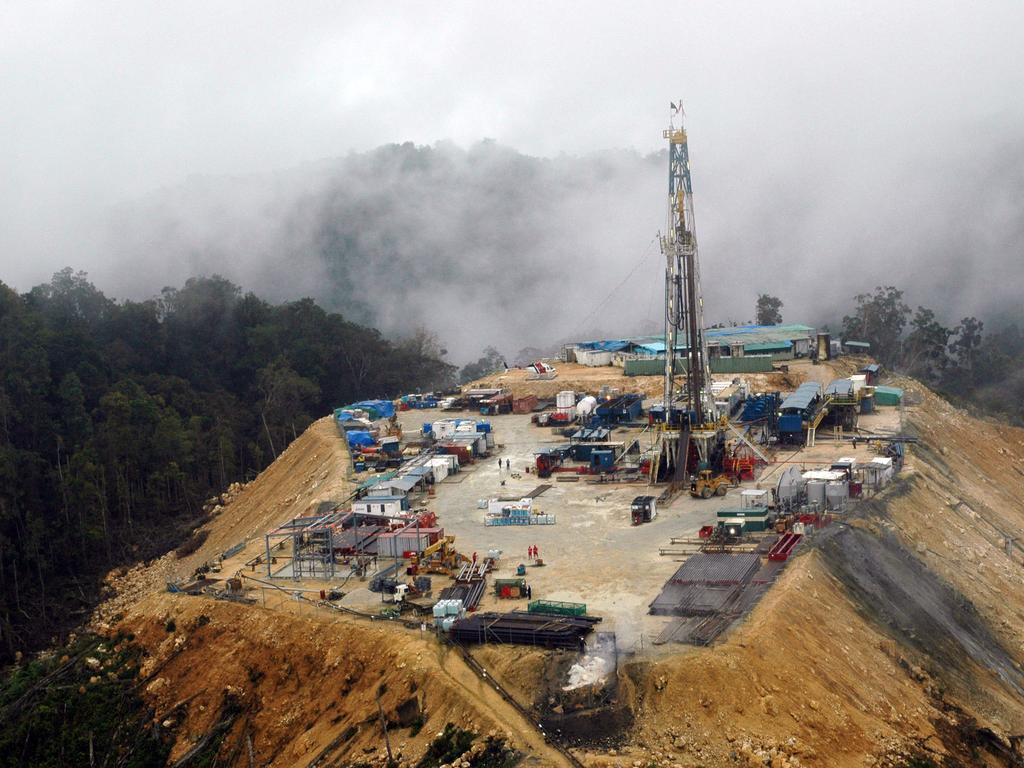
The tale is shown in the two company’s latest quarterly production reports which, besides pointing to a bumper dividend season for shareholders in both companies, suggest BHP is easily taking best advantage of record prices amid strong demand for iron ore.
The results suggest BHP now has a $US5.50 to $US6 a tonne advantage over Rio’s Pilbara sales, factoring in costs and sales price.
BHP sold its iron ore for an average $US158.15 a tonne in the first half of the year, well ahead of the $US154.90 a tonne Rio achieved.
And Rio increased its 2021 unit cost guidance to $US18 to $US18.50 a tonne it its latest results release, helping widen the gap given BHP said on Tuesday its average unit cost would be at the upper end of its earlier guidance $US13 to $US14 tonne range – or about $US16 including pandemic-related costs and sustaining capital, and the US77c exchange rate used by Rio.
Even though BHP has always had the best iron ore mines in the Pilbara heartland, that is an extraordinary gulf given Rio’s clear infrastructure advantages.
The foundations for the gulf were laid years ago.
In 2017 Rio returned almost half of the cash it generated to shareholders, according to then chief executive Jean Sebastien Jacques.
In 2018 – when the benchmark iron ore price averaged $US61.20 a tonne, before the Brazilian tailings dam disaster that kicked off the iron ore price revival a year later – Rio had already delivered $US2bn in cost savings since Jacques took charge and the Rio boss was talking up $US5bn more in productivity gains by 2021, including $US1.5bn in WA iron ore.
As Rio cut, BHP invested.
As just one example, In 2018 Andrew Mackenzie outlined a $US250m debottlenecking spend at BHP’s WA iron ore operations, escalated to $US800m a year later.
That spending has clearly delivered.
BHP’s operations are now humming, delivering record tonnes into record prices. Rio, while still a cash machine, is scrambling to make up ground in an environment where skilled labour shortages are inflating costs and slowing work.
It is also delivering a far greater proportion of lower grade products into a market still preparing for a flight to quality when the price comes off.
It’s a long way back for Rio iron ore, and BHP is laughing all the way to the bank.




In the battle of the Pilbara iron ore behemoths, BHP’s iron ore operations are clearly cruising ahead on points of their beleaguered Rio Tinto counterparts.